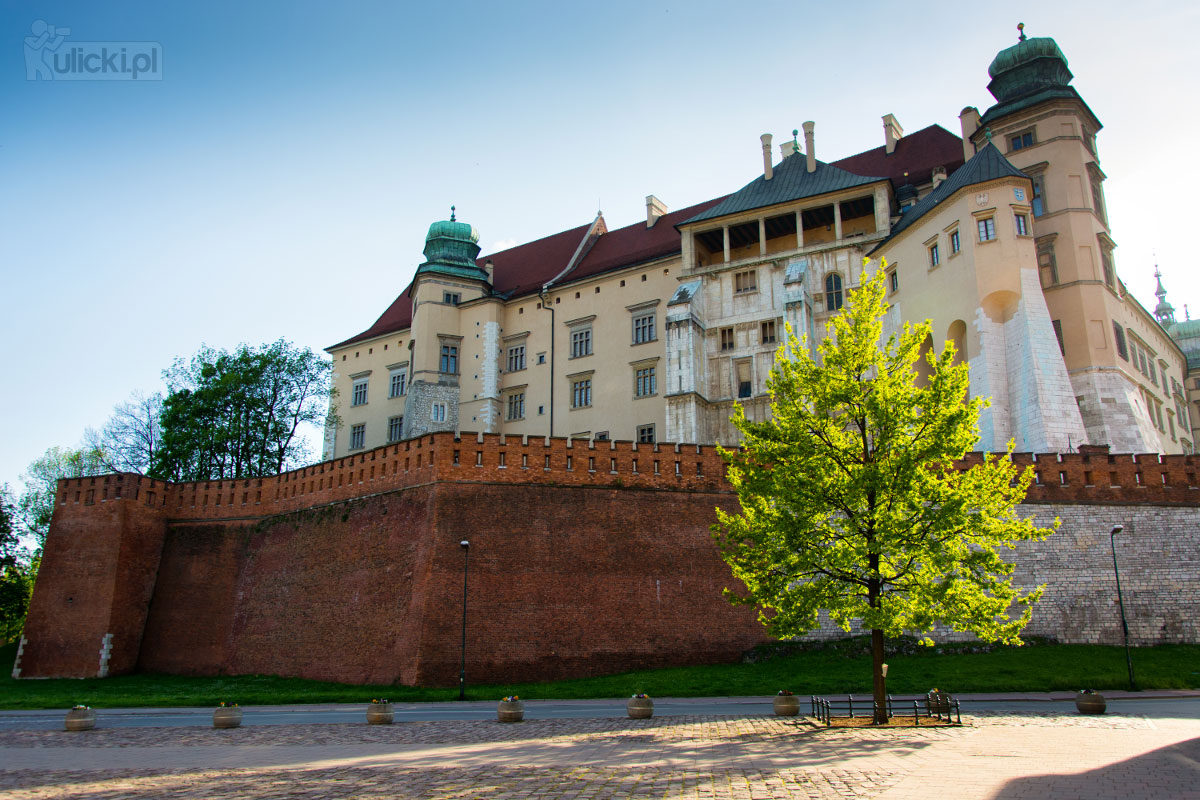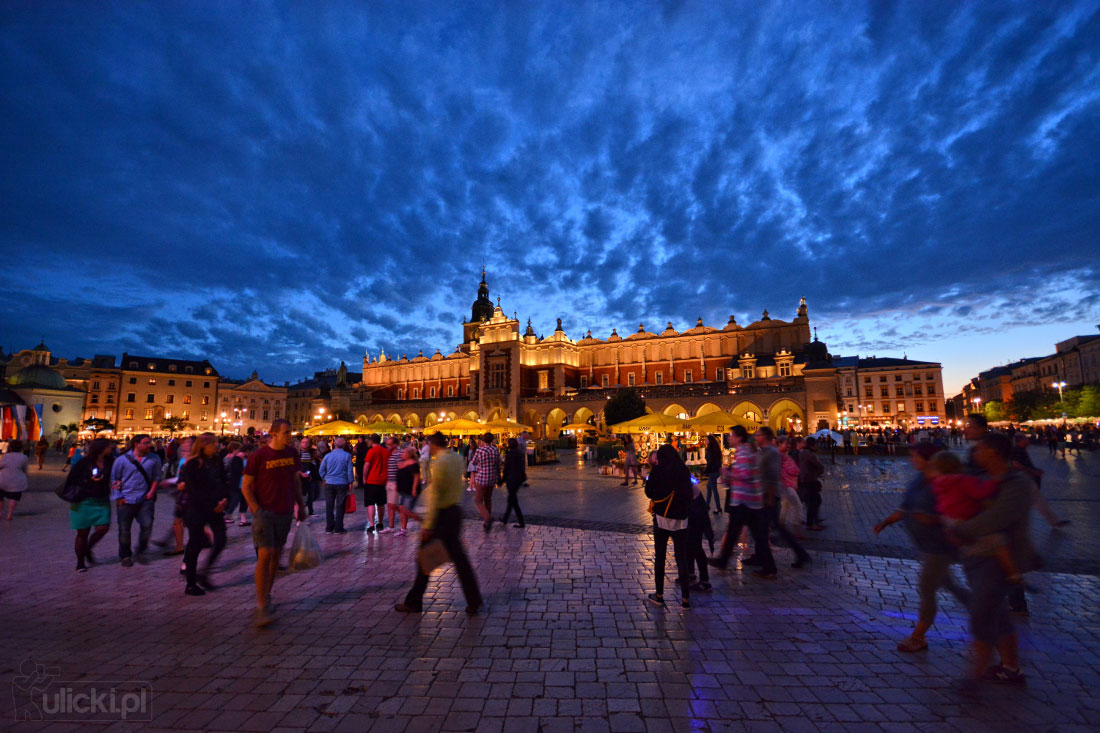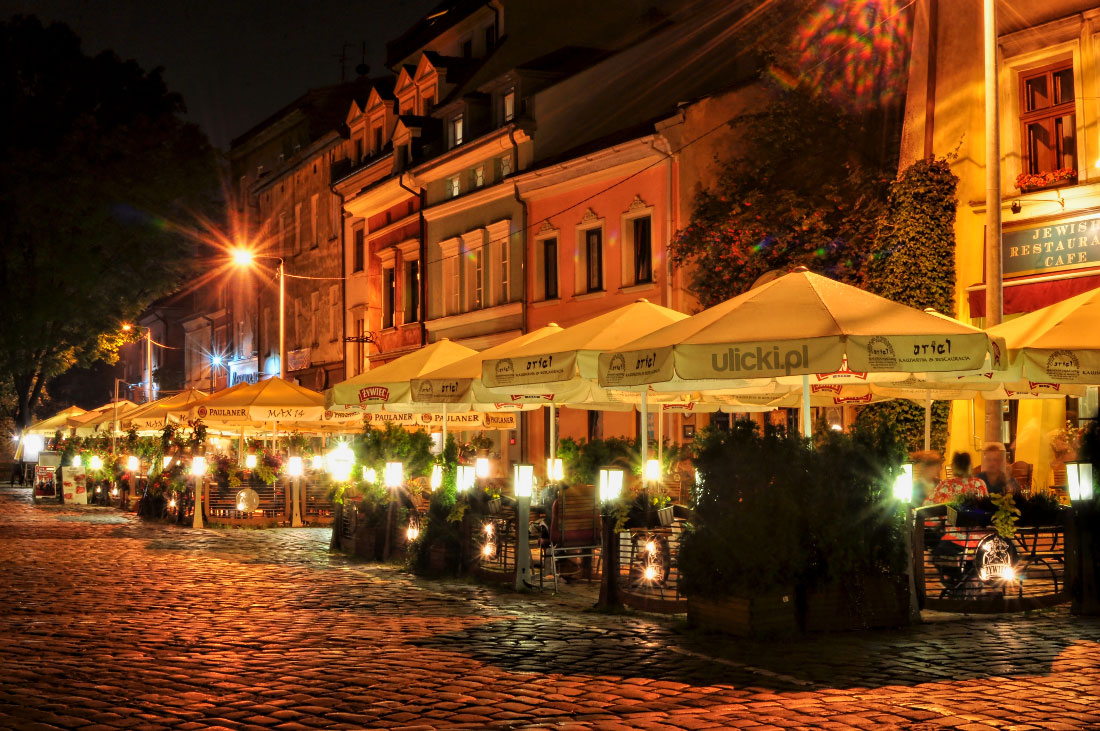Attractions in Krakow
Wawel Castle
The Wawel Castle is a castle residency located in central Kraków. Built at the behest of King Casimir III the Great, it consists of a number of structures situated around the Italian-styled main courtyard. The castle, being one of the largest in Poland, represents nearly all European architectural styles of medieval, renaissance and baroque periods. The Wawel Royal Castle and the Wawel Hill constitute the most historically and culturally significant site in the country. In 1978 it was declared a UNESCO World Heritage Site as part of the Historic Centre of Kraków. For centuries the residence of the kings of Poland and the symbol of Polish statehood, the Castle is now one of the country’s premier art museums. Established in 1930, the museum encompasses ten curatorial departments responsible for collections of paintings, including an important collection of Italian Renaissance paintings, prints, sculpture, textiles, among them the Sigismund II Augustus tapestry collection, goldsmith’s work, arms and armor, ceramics, Meissen porcelain, and period furniture. The museum’s holdings in oriental art include the largest collection of Ottoman tents in Europe.
Retrieved from: Wikipedia
Wawel Cathedral
Wawel Cathedral is a Roman Catholic church located on Wawel Hill. More than 900 years old, it is the Polish national sanctuary and traditionally has served as coronation site of the Polish monarchs as well as the Cathedral of the Archdiocese of Kraków. The current, Gothic cathedral, is the third edifice on this site. The construction of the current one began in the 14th century. The Cathedral comprises a nave with aisles, transepts with aisles, a choir with double aisles, and an apse with ambulatory and radiating chapels.
Retrieved from: Wikipedia
Main Square
The main square of the Old Town of Kraków is the principal urban space located at the center of the city. It dates back to the 13th century, and at 3.79 ha (9.4 acres) is one of the largest medieval town squares in Europe. The Main Square is surrounded by old brick buildings and palaces, almost all of them several centuries old. Most buildings have acquired a neoclassical look over time, but the basic structures are older and can be seen in their doorways, architectural details and interiors. Among the square’s landmarks is the cloth hall, which was originally designed in the 14th century as a center for cloth trade. Another is St. Mary’s Basilica with its Altar by Wit Stwosz, a Brick Gothic church built in the 14th century. Other landmarks include the Church of St. Adalbert, Town Hall Tower and the Adam Mickiewicz Monument.
Retrieved from: Wikipedia
St. Mary’s Basilica
St. Mary’s Basilica is a Brick Gothic church adjacent to the Main Market Square. Built in the 14th century, its foundations date back to the early 13th century and serve as one of the best examples of Polish Gothic architecture. It is particularly famous for its wooden altarpiece carved by Veit Stoss. On every hour, a trumpet signal – called the Hejnal mariacki – is played from the top of the taller of Saint Mary’s two towers. The plaintive tune breaks off in mid-stream, to commemorate the famous 13th century trumpeter, who was shot in the throat while sounding the alarm before the Mongol attack on the city.
Retrieved from: Wikipedia
Krakow Cloth Hall
The Krakow Cloth Hall dates to the Renaissance and is one of the city’s most recognizable icons. It is the central feature of the main market square in the Old Town. It was once a major centre of international trade. Traveling merchants met there to discuss business and to barter. During its golden age in the 15th century, the hall was the source of a variety of exotic imports from the east – spices, silk, leather and wax – while Kraków itself exported textiles, lead, and salt from the Wieliczka Salt Mine. Today, on the upper floor of the hall is the Sukiennice Museum. It holds the largest permanent exhibit of the 19th-century Polish painting and sculpture, in four grand exhibition halls arranged by historical period and the theme extending into an entire artistic epoch.
Retrieved from: Wikipedia
Krakow Barbican
The Kraków Barbican is a barbican – a fortified outpost once connected to the city walls. It is a historic gateway leading into the Old Town of Krakow. The barbican is one of the few remaining relics of the complex network of fortifications and defensive barriers that once encircled the royal city of Krakow. The Gothic-style barbican, built around 1498, is one of only three such fortified outposts still surviving in Europe, and the best preserved. It currently serves as a tourist attraction and venue for a variety of exhibitions.
Retrieved from: Wikipedia
Blonia Park
Blonia Park is a vast meadow with an area of 48 hectares directly adjacent to the historic centre of the city of Krakow. The history of the park began in 1162, when a wealthy nobleman Jaksa z Miechowa – founder of the Polish branch of the Order of the Holy Sepulchre – donated the land between Zwierzyniec and Lobzów to Norbertine Nuns. His intention was to receive a blessing prior to his pilgrimage to the Holy Land. For the next two centuries the meadow belonged to nuns, who in 1366 exchanged it with the city’s authorities for a manor at Florianska Street. The meadow was used by peasants from neighboring villages to graze their cattle. Today Blonia is a recreation area, frequently hosting large events like concerts and exhibitions.
Retrieved from: Wikipedia
Kazimierz
Kazimierz is a historical district of Krakow. Since its inception in the fourteenth century to the early nineteenth century, Kazimierz was an independent city, a royal city of the Crown of the Polish Kingdom, located south of Krakow Old Town and separated by a branch of the Vistula river. For many centuries, Kazimierz was a place of coexistence and interpenetration of ethnic Polish and Jewish cultures, its north-eastern part of the district was historic Jewish, whose Jewish inhabitants were forcibly relocated in 1941 by the German occupying forces into the Krakow ghetto just across the river in Podgorze. Today Kazimierz is one of the major tourist attractions of Krakow and an important center of cultural life of the city.
Retrieved from: Wikipedia
Author of the pictures








